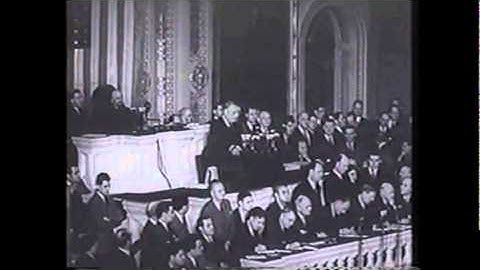What is Power over Ethernet?Power over Ethernet (PoE) is a technology for implementing wired Ethernet local area networks (LANs) that enables the electrical current necessary for operating each device to be carried by Ethernet data cables instead of standard electrical power cords and wiring. Show Used both in smart home applications and business premises, PoE uses cheaper Ethernet cabling, which can transport both power and data, instead of electrical wiring, which supplies power only and requires separate wiring for data. Because PoE transports both power and data over Ethernet cable, less wiring is necessary, and electrical wiring can remain intact. The PoE standard was developed in 2003 to support devices like wireless access points (APs). Prior to that, individual vendors used various forms of proprietary PoE to provide PoE capabilities. Some of these proprietary PoE devices remain in use today. PoE installers must determine where these older, proprietary devices are located because they can prove to be troublesome or incompatible with the standard PoE devices that came later. Today's standard PoE devices make AP installations easier and more flexible, especially in ceilings, which can be difficult areas to wire for electrical power.
How does PoE work?For PoE to work, the electrical current must go into an Ethernet data cable at the power supply end and come out at the device end. With Ethernet, the power current can be kept separate from the data signal so neither interferes with the other. Current enters the Ethernet cable via a component called an injector. If the device at the other end of the cable is PoE-compatible, it will function properly without modification. If it is not PoE-compatible, a component called a picker, or tap, must be installed to extract the current from the cable. This picked-off current is routed to the power jack. What devices use PoE?Equipment built to the 2003 PoE standard initially delivered enough power for most APs but could not provide enough power for other types of mounted technology, such as video surveillance cameras. Over the years, the Institute of Electrical and Electronics Engineers (IEEE) and several vendors have attempted to address the power issue, but interoperability problems have persisted. POE supports the following devices that consume 30 watts (W) of power or less:
 In 2018, IEEE released IEEE 802.3bt, a new PoE standard also known as high-power PoE or PoE+. It accommodates use of four-wire pairs with Cat5 or Cat6 cable, which supports individual devices that require as much as 90 to 100 W of power. Devices this standard supports include the following:
PoE benefitsThe advantages of PoE include the following:
PoE drawbacksPoE is not a panacea. Concerns can include the following:
Learn which IEEE 802 wireless standards apply to technologies such as Ethernet and wireless. This was last updated in August 2021 Continue Reading About Power over Ethernet (PoE)
Dig Deeper on Network Infrastructure
What is the IEEE standard for PoE?The original IEEE 802.3af-2003 PoE standard provides up to 15.4 W of DC power on each port. The updated IEEE 802.3at-2009 PoE standard, also known as PoE+ or PoE plus, allows for up to 30 W of power to Type 2 devices. That's sufficient power for devices such as VoIP phones, wireless access points, and security cameras.
What is the latest IEEE standard for PoE?The maximum Powered Device (PD) power available is increased by this amendment to IEEE Std 802.3-2018 by utilizing all four pairs in the specified structured wiring plant. This represents a substantial change to the capabilities of Ethernet with standardized power.
What does 802.3 af define for the IEEE standard?An IEEE standard for powering network devices via Ethernet cable. Also known as "Power-over-Ethernet" (PoE), the 802.3af specification provides 48 volts over 4-wire or 8-wire twisted pair.
What are the two types of devices defined by PoE?PD and PSE definitions
In a PoE-powered system, there are always two types of devices: one that supplies power, and one that consumes power. In the language of the PoE standard, these are referred to as the Powered Device (PD) and the Power Sourcing Equipment (PSE):
|

Related Posts
LATEST NEWS
Populer
About

Copyright © 2024 ShotOnMac Inc.




























